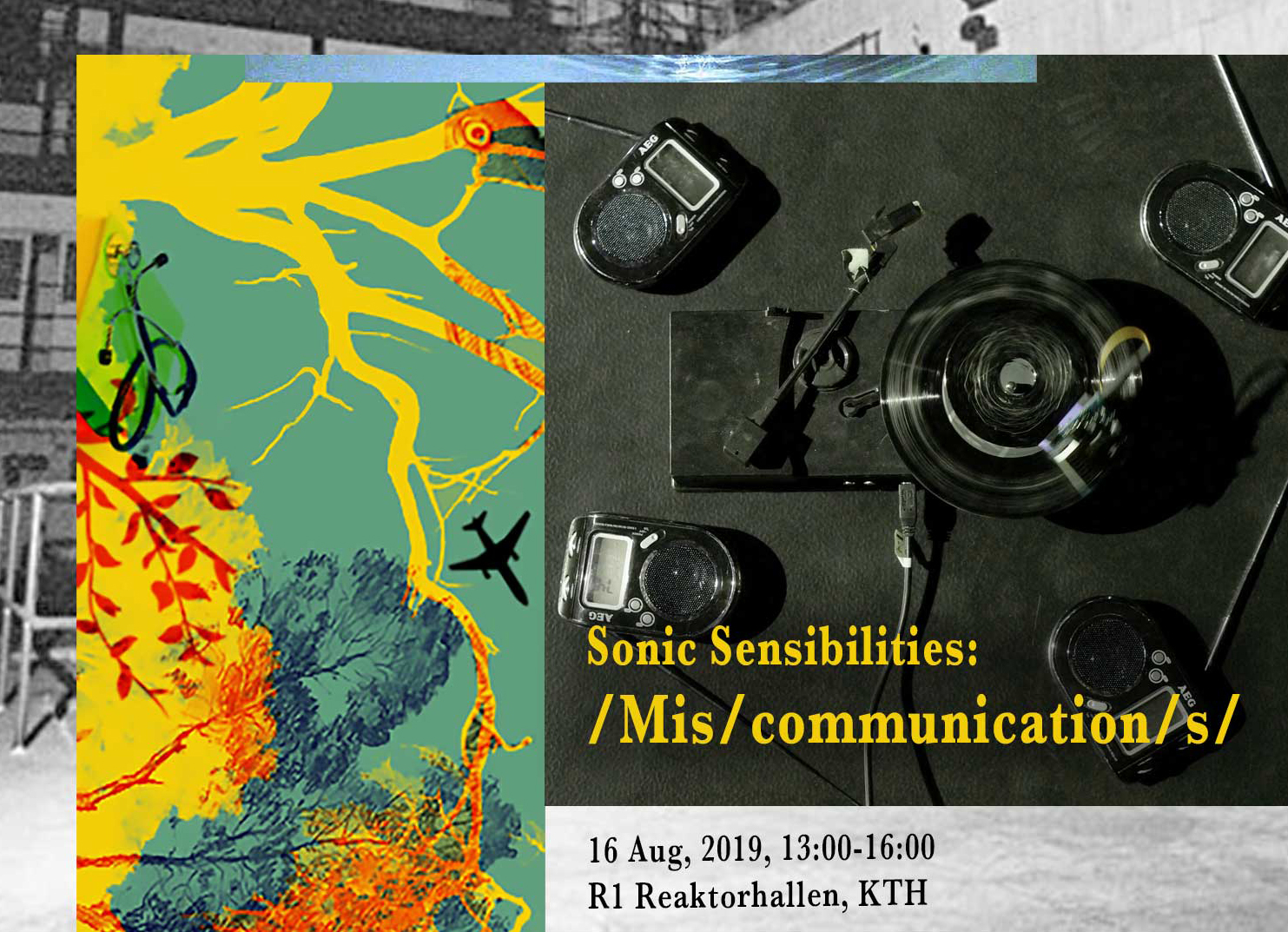-
Apply for Postdoc on Frictions between Data Infrastructure and Energy Grids
Please spread the word and apply for this excellent opportunity with associate professor Julia Velkova located at the Department of Technology and Social Change at […]
-
The Physicist Dr. Ragnar Holm’s Foundation Postdoc position
KTH advertises for a Ragnar Holm postdoc position within a KTH research group. Are you into STS, history of technology, or techno-humanities, electrics and contact-making […]
